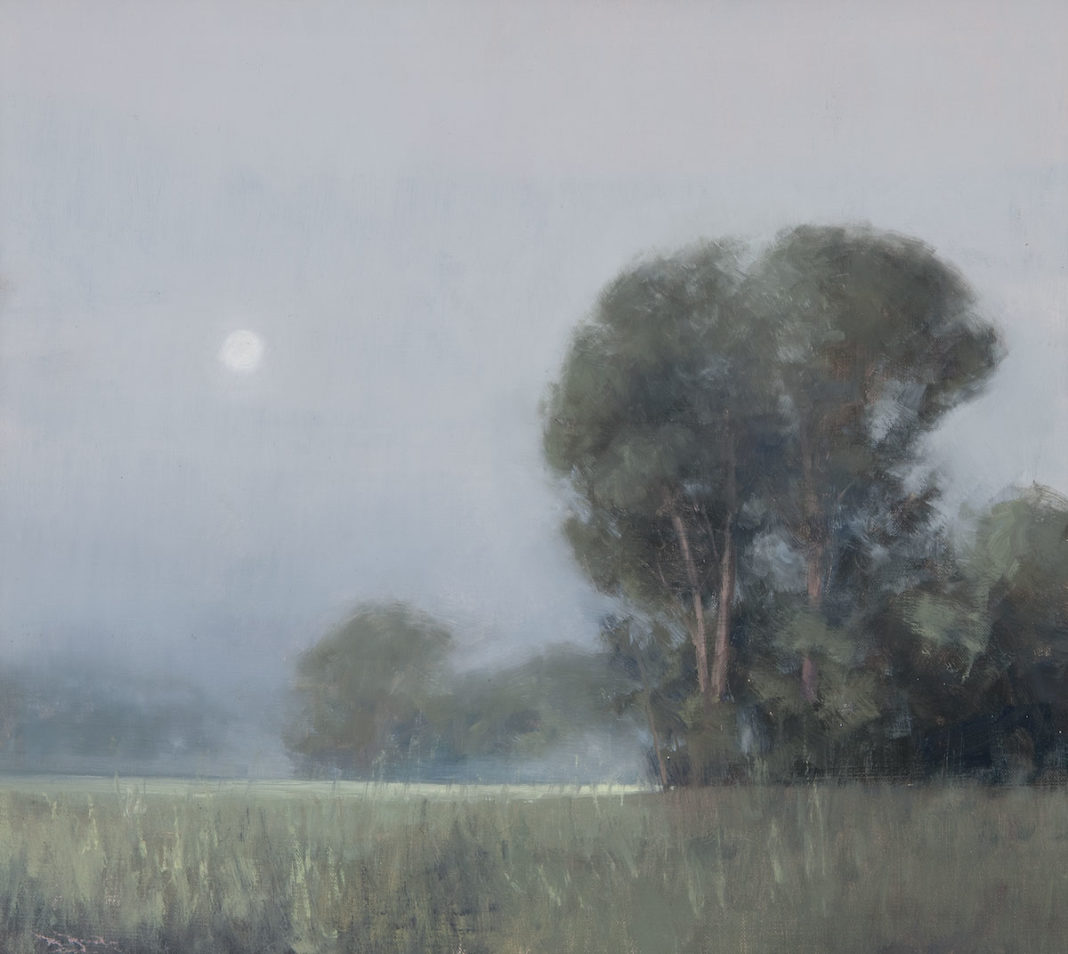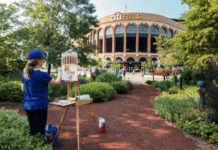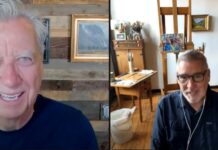On an artist’s ideas, instincts, and insatiable desire; the following was originally published in Artists on Art magazine (2013)
A Product of Process
By Ben Bauer
Paintings usually start from an idea that is sparked by just about anything. Once I have a solid mindset of the idea I source my reference material—anything from notes, photos, on-location studies, and research. I find that working an idea from photo and study reference is where it melds into its own creation—pushing creativity to a new level each time.
I usually work with a personal standard set of surface sizes and materials: 16×18, 19×21, 22×24, 24×26, 30×34, 30×36. It seems a bit unorthodox but the proportions are more geared to my compositional intuition. For me it has become the appreciated unexplainable sense of how to orchestrate the idea. Composition is something that an artist contains internally. It’s what the artist uses to communicate, their voice.
It’s like a guitarist, say, David Gilmour of Pink Floyd (one of my personal favorites). He plays guitar like millions of others but we hear his guitar and instantly know it is he. I look at an Edgar Payne, T Allen Lawson, Len Chmiel painting and know instantly it’s their work and that fascinates me. The way they keep that language at all times painting-to-painting, genre-to-genre.
I prefer to create ideas that are usually simple, balanced, leads the eye side to side, up and down and back around. I like simple and calming ideas and study those ideas a lot. I admire the simple but powerful context of the landscape. How do these elements next to each other complement each other or juxtapose each other? How can I orchestrate an idea to convince the viewer of those elements? These are all questions I ask myself when developing that idea.
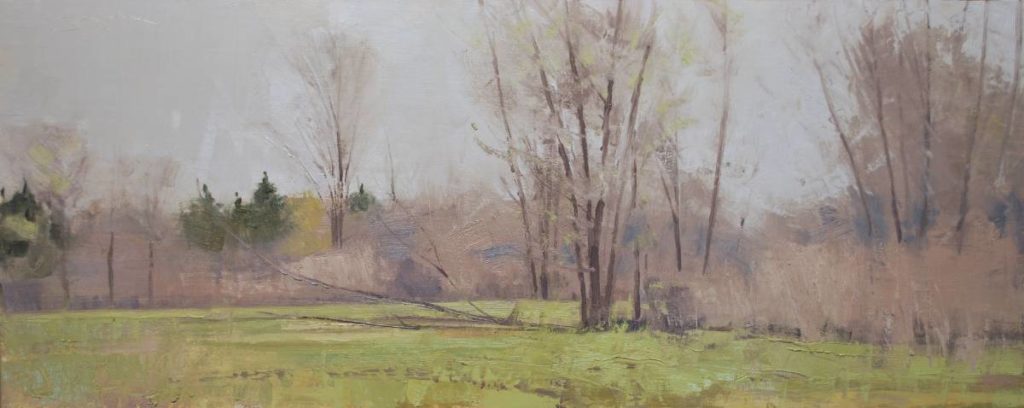
Once I am committed and the painting idea is ready I start with a toned surface, usually using a sienna ochre or raw umber. For me mark-making for compositional elements is the hardest and most fun part of the painting—ultimately the most crucial, it sets the parameters of the original concept. I usually handle the paint pretty straightforward with a thinner drying medium at first, nailing down values and overall color temperature.
I start things with thicker paint and establish the overall scene. Once this is done, I then use a painting knife/spatula to scrape all excess paint off, thus leaving the paint “stain” and a base for the next session. When this is tacky (usually the next day) I go over the first base with a fresher eye and direction. This is where relationships start, and the painting starts to embark on its own journey—to me the most intriguing part.
This is where the painting starts talking to me, where and when things happen, where the next level begins. This is ultimately where a painting can take off and work itself to the “almost finished” stage. To me this is a point where it “marinates” (as I call it) for a while unseen. As I have progressed in my career I find things working out on their own and moving forward to a meaningful end, BUT not always, as all other artists know—it’s part of the process. I never get discouraged by occasional setbacks; it’s where I grow the most.
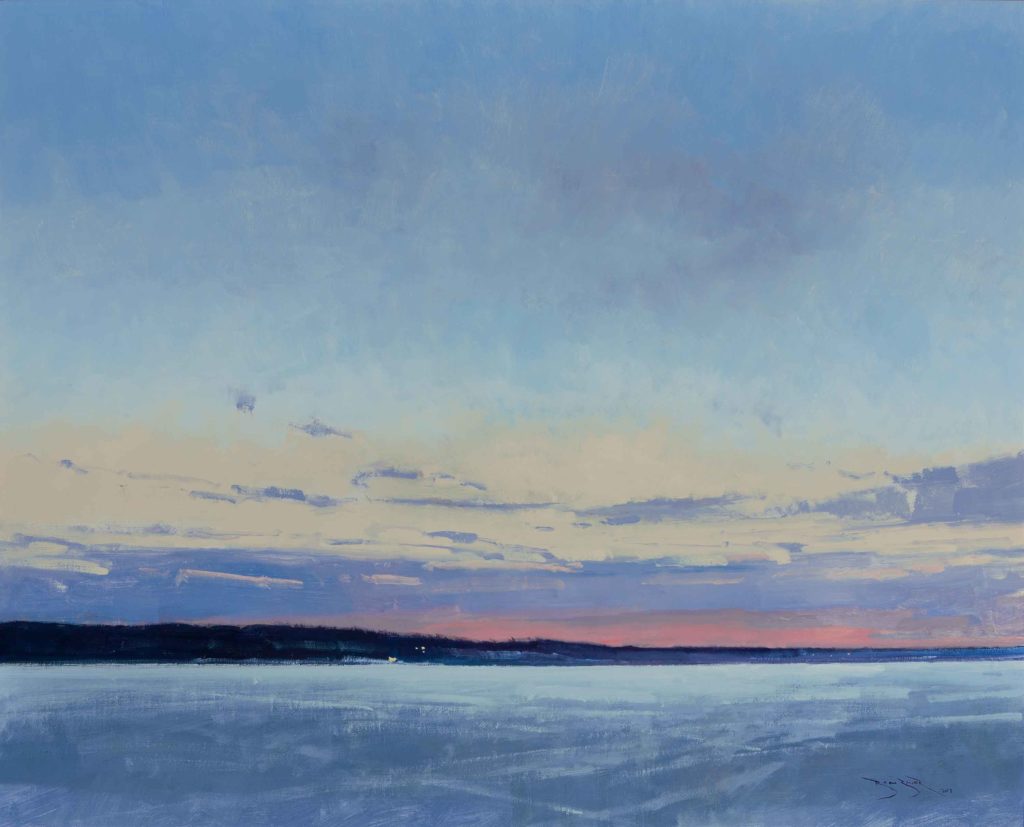
A newer-found element of painting I am interested in is letting oil paint and its predictable/unpredictable nature or temperament guide me. Questions that I ask myself when working are: Thin or how thick? Do I allow the canvas to show? Do I leave edges broken? Do I add or subtract from the original idea? How do I create a sense of place with style, technique and overall mood or tone? Once I have exceeded my original expectations and the painting works on a formal element level and is visually appealing, I end it and the curiosities and challenges are solved.
Most of all these images are part of me, they are who I am. I am longingly trying to define my mantra, but it’s hard to define and strangely enough I like it undefined. I feel that if I define my artistic directions or what ultimately drives me I fear I will defeat its purpose. I have an incurable curiosity of ideas and instinct to paint, thus letting the paint and ideas work themselves out. I honestly believe this part of my life lets me be aware of a more beautiful world.
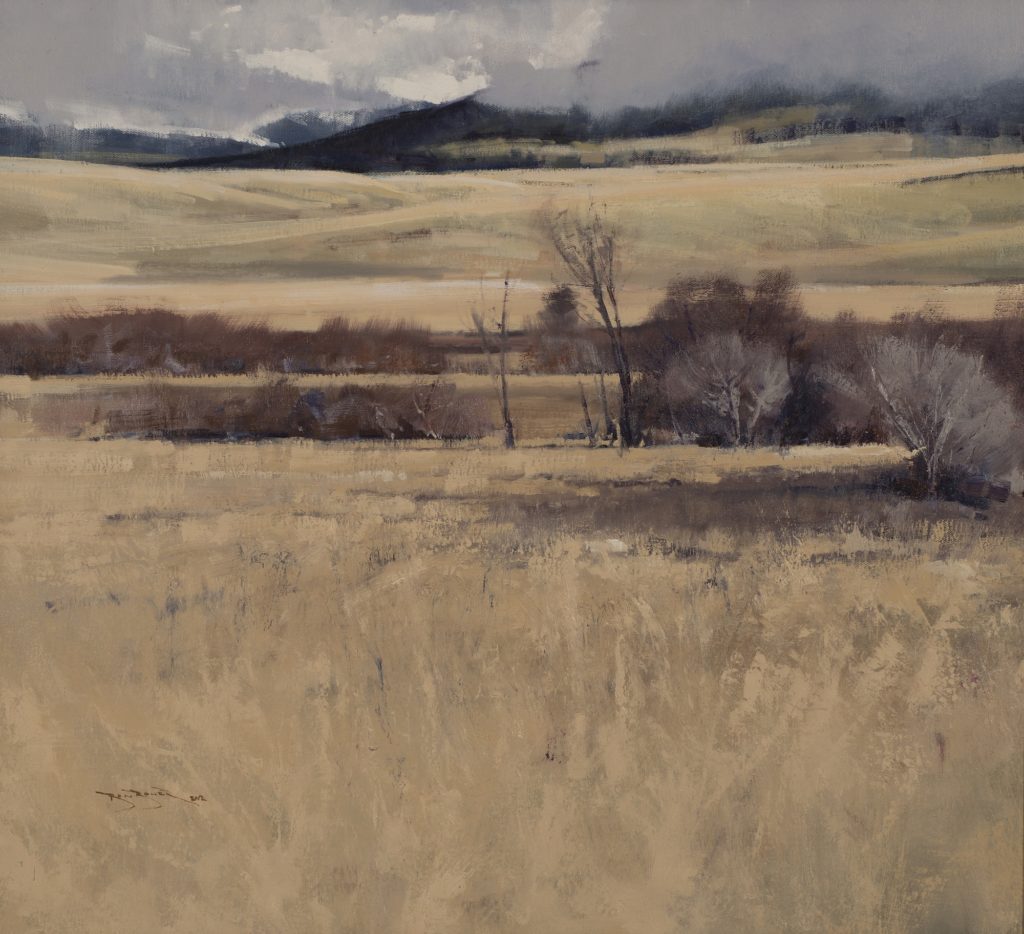
Learn more about Ben Bauer at: www.benbauerfineart.com
.
Visit EricRhoads.com to find out all the amazing opportunities for artists through Streamline Publishing, including:
– Online art conferences such as Plein Air Live
– New video workshops for artists
– Incredible art retreats
– Educational and fun art conventions, and much more.
> Subscribe to Plein Air Today, a free newsletter for artists
> Subscribe to Plein Air Magazine so you never miss an issue

